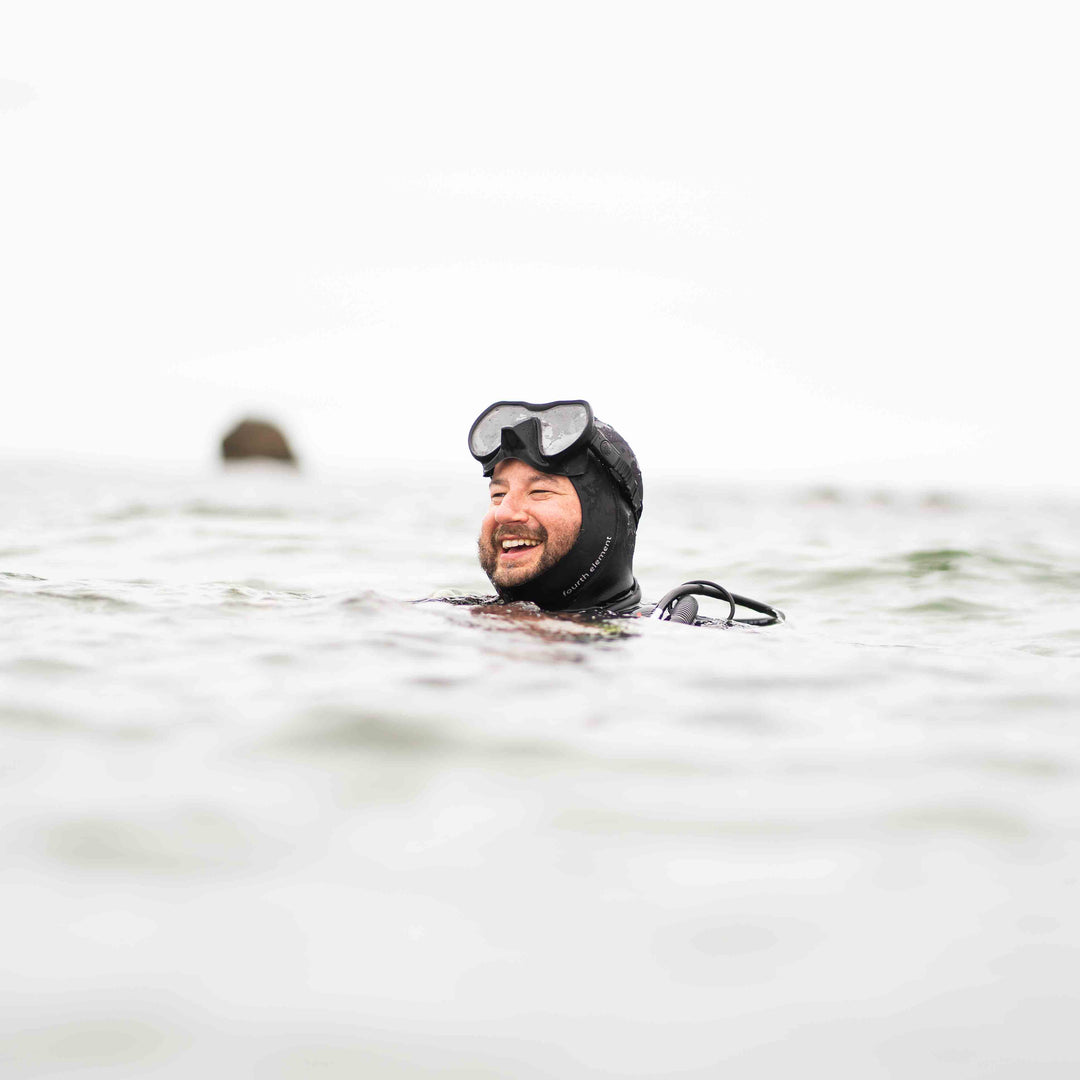A lot of time when we talk about ‘safety on the river’ peoples minds are drawn to heroic images of throw bags spiraling across the river into desperately waiting hands, numerous Z-drags working in cohesion to retrieve a pinned kayak and a live baiter grasping someone from the clutches of a hole. These are all important tools to help rectify dangerous situations on the river but we must also consider what makes a situation go from good to bad and how to possibly avoid it in the first place.
I have spent a very large part of my kayaking career running hard whitewater and avoiding dangerous situations, aside from one notably nervy moment above a sixty-foot waterfall (scroll down for that!). This is primarily down to making good decisions, working really hard on basic skills and coming from a freestyle background. Sh*t does not simply happen on the river, there are always decisions and actions that lead up to those moments. Below are my top tips on how to avoid dangerous situations on the river.

Make good decisions
By far the best way to avoid getting into a dangerous situation is to always kayak within your comfort and skill level. If you do decide to step up to a harder rapid then do it for the right reasons, which should primarily be that you want to run it and believe that you can pull off a good line. Regardless of the grade, location, crew or amount of cameras there that day, I will only ever run a rapid if I think I can style it. There is very little to be gained from crashing in whitewater – except perhaps a new found appreciation for life and an exuberant joy for that wonderfully essential bodily function known as breathing.

Work on the basics
This has and will continue to come up in my recommendations on how to be better and safer on the river for the simple reason that it is the absolute best way to improve. ‘Practice hard moves on easy whitewater’ – Unknown wise river guru. In terms of being safer on the river, I especially recommend spending time in a freestyle kayak and learning how to surf out of a hole and finding a safe rock/wall/raft to practice working your way off of rocks and along undercuts.

Hang in there
The most dangerous place to be on the river is out of your kayak. No matter how awful a situation is, it is likely to only get worse out of your kayak. Dig deep, keep trying different things and stay calm. Chances are that you will be able to work your way out of most situations.

Get strong
The vast majority of swims I see happen are primarily from an inability to surf a hole and a lack of fitness. Being fit and strong will go a long way in enabling you to ride out those hypoxic situations. I highly recommend adding in some additional training* to supplement your kayaking.
*I should also add here that your training does not have to be monotonous gym workouts, that there are an abundance of other (apparently) enjoyable sports that will supplement kayaking fitness very well and that one of the most important pieces of training (breath holding) is best done lying down. I am planning to write another blog entirely about how to hold your breath longer in the coming weeks but if you can’t wait ’til then, you can download an app called Static Apnea Trainer that will teach you the practical side of training your breath hold time.
Prevention is always better than the cure but I also cannot stress the importance of going on a WWSR course and practicing the skills that they will teach you on a regular basis.
Here’s to being safe, smart and stylish on the river! – Bren
As if we couldn't jump in at the end and post this classic:









Leave a comment